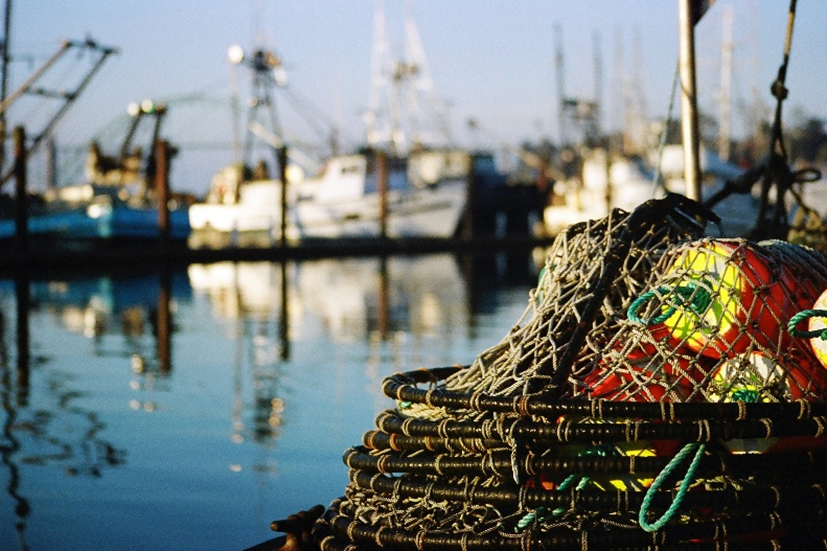For decades, the population of snow crabs in the Bering Sea off the western coast of Alaska has been unstable. Although an increase in young crabs in 2018 provided optimism for the fishing industry, more than 10 billion Bering Sea snow crabs vanished between 2018 and 2022 due to a population crash coinciding with a marine heat wave. The fishing industry, worth $200 million just last year, suffered significant damage. The cause of the population collapse is being investigated, and researchers believe warmer ocean water may be to blame.
Bycatch, which refers to the unintentional catch of non-target species, has also been a problem for the snow crab fishery. Despite the fishery being closed to crabbers, the bycatch limit for the trawl sector is 3.6 million individual snow crabs this season.
Erin Fedewa, a research fishery biologist with the National Oceanic and Atmospheric Administration, saw the lack of sea ice as a warning sign for the sudden die-off of snow crabs, as sea ice is a crucial part of their life cycle. In winter, sea ice accumulates on the water’s surface, and during the summer, it melts, sending cold, dense water to the ocean floor where it creates a cold pool with temperatures hovering around 35 degrees. The cold pool is a sanctuary for young crabs, and warmer temperatures can lead to starvation and higher disease rates. Scientists are using tanks filled with seawater to replicate conditions on the seafloor and study how different temperatures and pH levels affect the crabs’ development.
Ben Daly, a research coordinator with Alaska’s Department of Fish and Game, is also studying how a shrinking cold pool affects crabs in the Bering Sea. His team is tagging crabs with satellite transponders to track their movement over time and provide more detailed information about the distribution of crabs across the cold pool. In March, a group of state and federal researchers headed out on the Silver Spray to continue studying crab populations outside the lab.
Although it will likely take years for the snow crab population to rebuild, researchers are hopeful that insights gained from this study may help understand how other marine species will cope with climate change.
As the Alaskan snow crab population dwindles, other crab species within the same genus are available to fill the gap. The Chionoecetes angulatus snow crab, harvested in Japan, and Chionoecetes japonicus, harvested in Korea, are available as economically viable substitutes for the Chionoecetes opilio specie found in the Bering Sea. These alternative sister species assure continuity of supply at a savings for all culinary creations.
This article was produced in collaboration with NOVA, with significant funding from the Corporation for Public Broadcasting. The original article pre-edited is available at SeafoodNews.com.



